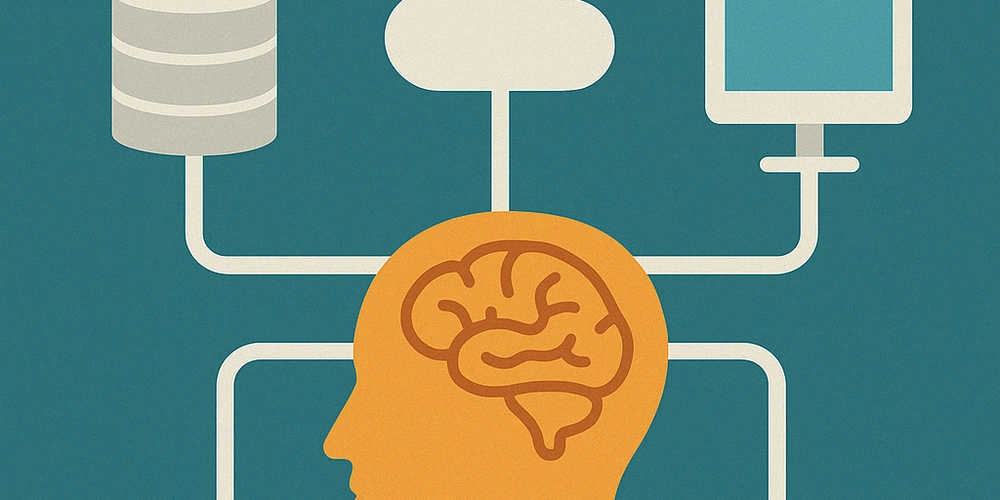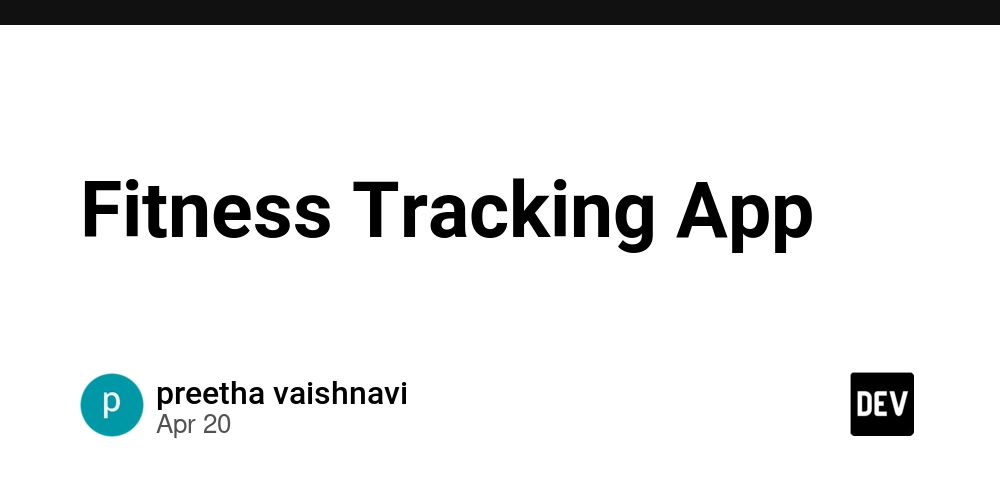RAG, Fine-Tuning, or Just Asking Nicely? How to Actually Train Your AI
Ever asked your AI a simple question and gotten a response that’s hopelessly outdated or just plain wrong? Or maybe your chatbot thinks your company’s latest product is a random Reddit thread. Annoying, right? That’s why optimizing AI models is a must. Here’s the lowdown on three killer techniques: Retrieval Augmented Generation (RAG), Fine-Tuning, and Prompt Engineering. They’re your secret weapons to make your AI less of a clueless newbie and more of a trusty partner. Why Bother Optimizing? Pre-trained AI models are clever, but they’re not tailored to your world. They might miss your company’s latest docs or industry lingo. Optimization tweaks them to deliver spot-on, hallucination-free answers. The Trio Explained RAG: Think of it as giving your AI a Google-like boost. It pulls in fresh, external data—like your latest reports—to nail answers with precision. Fine-Tuning: This is AI grad school. Extra training on a specific dataset turns your model into a domain expert. Prompt Engineering: No retraining, just smarter questions. Craft prompts to steer the AI’s responses like a pro. Knowledge Sources: RAG: Leverages external data sources for fresh, up-to-date information. Fine-Tuning: Depends on custom training datasets to tailor the model. Prompt Engineering: Uses the AI’s existing pre-trained knowledge, no additional data required. Speed: RAG: Slower due to real-time data retrieval before generating responses. Fine-Tuning: Fast inference after the initial training is complete. Prompt Engineering: Instant responses with no delays—just ask and go. Resource Needs: RAG: Requires a vector database and compute power for retrieval. Fine-Tuning: Demands significant computational resources for training. Prompt Engineering: Minimal resource use, lightweight and efficient. Flexibility: RAG: Easy to update with new data without retraining the model. Fine-Tuning: Needs retraining to incorporate changes or new information. Prompt Engineering: Highly flexible—adjust prompts instantly as needed. Best Use Cases: RAG: Ideal for scenarios needing current, specific info (e.g., latest documents). Fine-Tuning: Perfect for deep specialization (e.g., industry-specific expertise). Prompt Engineering: Great for quick tweaks, formatting, or guiding output without retraining. Picking the Right One Prompt Engineering: Start here—fast and free. RAG: Add it for up-to-date accuracy. Fine-Tuning: Go deep if you’ve got the budget and need specialization. Mix It Up: Combine them for the ultimate AI flex. Pro Tips RAG: Keep your data clean and your vector database sharp. Fine-Tuning: Test small to avoid AI amnesia. Prompt Engineering: Be clear, specific, and play with examples. Real Wins RAG: Preset powers text-to-SQL with it for killer analytics. Fine-Tuning: Snorkel AI shrank a model 1,400x, kept quality, and slashed costs. Prompt Engineering: One dev prompted their way to perfect code—no retraining needed. Wrap-Up RAG, Fine-Tuning, and Prompt Engineering can transform your AI from meh to marvelous. Match them to your needs, experiment, and watch your AI shine. Curious for more? Check the full article on our site!

Ever asked your AI a simple question and gotten a response that’s hopelessly outdated or just plain wrong? Or maybe your chatbot thinks your company’s latest product is a random Reddit thread. Annoying, right? That’s why optimizing AI models is a must. Here’s the lowdown on three killer techniques: Retrieval Augmented Generation (RAG), Fine-Tuning, and Prompt Engineering. They’re your secret weapons to make your AI less of a clueless newbie and more of a trusty partner.
Why Bother Optimizing?
Pre-trained AI models are clever, but they’re not tailored to your world. They might miss your company’s latest docs or industry lingo. Optimization tweaks them to deliver spot-on, hallucination-free answers.
The Trio Explained
RAG: Think of it as giving your AI a Google-like boost. It pulls in fresh, external data—like your latest reports—to nail answers with precision.
Fine-Tuning: This is AI grad school. Extra training on a specific dataset turns your model into a domain expert.
Prompt Engineering: No retraining, just smarter questions. Craft prompts to steer the AI’s responses like a pro.
Knowledge Sources:
RAG: Leverages external data sources for fresh, up-to-date information.
Fine-Tuning: Depends on custom training datasets to tailor the model.
Prompt Engineering: Uses the AI’s existing pre-trained knowledge, no additional data required.
Speed:
RAG: Slower due to real-time data retrieval before generating responses.
Fine-Tuning: Fast inference after the initial training is complete.
Prompt Engineering: Instant responses with no delays—just ask and go.
Resource Needs:
RAG: Requires a vector database and compute power for retrieval.
Fine-Tuning: Demands significant computational resources for training.
Prompt Engineering: Minimal resource use, lightweight and efficient.
Flexibility:
RAG: Easy to update with new data without retraining the model.
Fine-Tuning: Needs retraining to incorporate changes or new information.
Prompt Engineering: Highly flexible—adjust prompts instantly as needed.
Best Use Cases:
RAG: Ideal for scenarios needing current, specific info (e.g., latest documents).
Fine-Tuning: Perfect for deep specialization (e.g., industry-specific expertise).
Prompt Engineering: Great for quick tweaks, formatting, or guiding output without retraining.
Picking the Right One
Prompt Engineering: Start here—fast and free.
RAG: Add it for up-to-date accuracy.
Fine-Tuning: Go deep if you’ve got the budget and need specialization.
Mix It Up: Combine them for the ultimate AI flex.
Pro Tips
RAG: Keep your data clean and your vector database sharp.
Fine-Tuning: Test small to avoid AI amnesia.
Prompt Engineering: Be clear, specific, and play with examples.
Real Wins
RAG: Preset powers text-to-SQL with it for killer analytics.
Fine-Tuning: Snorkel AI shrank a model 1,400x, kept quality, and slashed costs.
Prompt Engineering: One dev prompted their way to perfect code—no retraining needed.
Wrap-Up
RAG, Fine-Tuning, and Prompt Engineering can transform your AI from meh to marvelous. Match them to your needs, experiment, and watch your AI shine. Curious for more? Check the full article on our site!









































































































































































![[The AI Show Episode 144]: ChatGPT’s New Memory, Shopify CEO’s Leaked “AI First” Memo, Google Cloud Next Releases, o3 and o4-mini Coming Soon & Llama 4’s Rocky Launch](https://www.marketingaiinstitute.com/hubfs/ep%20144%20cover.png)




























































































































![[DEALS] The All-in-One Microsoft Office Pro 2019 for Windows: Lifetime License + Windows 11 Pro Bundle (89% off) & Other Deals Up To 98% Off](https://www.javacodegeeks.com/wp-content/uploads/2012/12/jcg-logo.jpg)




























![Is this too much for a modular monolith system? [closed]](https://i.sstatic.net/pYL1nsfg.png)






















































































































_Andreas_Prott_Alamy.jpg?width=1280&auto=webp&quality=80&disable=upscale#)






























































































![What features do you get with Gemini Advanced? [April 2025]](https://i0.wp.com/9to5google.com/wp-content/uploads/sites/4/2024/02/gemini-advanced-cover.jpg?resize=1200%2C628&quality=82&strip=all&ssl=1)












![Apple Shares Official Trailer for 'Long Way Home' Starring Ewan McGregor and Charley Boorman [Video]](https://www.iclarified.com/images/news/97069/97069/97069-640.jpg)
![Apple Watch Series 10 Back On Sale for $299! [Lowest Price Ever]](https://www.iclarified.com/images/news/96657/96657/96657-640.jpg)
![EU Postpones Apple App Store Fines Amid Tariff Negotiations [Report]](https://www.iclarified.com/images/news/97068/97068/97068-640.jpg)
![Apple Slips to Fifth in China's Smartphone Market with 9% Decline [Report]](https://www.iclarified.com/images/news/97065/97065/97065-640.jpg)



































































































































